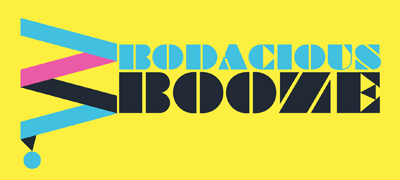Havana Club Rum has a long history. The facility where it is made was built by the Bacardi family in the 19th century in Cuba. When the Castro Army took over control of the island nation, the country’s spirits industry was nationalized. Castro took control of the Bacardi compound and its stills. But it’s important what the Revolutionaries didn’t get — the family’s proprietary yeast strains, which are said to distinguish Bacardi’s flavor.
The Bacardi family fled to Puerto Rico, built news stills and threw those yeast strains into the production of the brand we’re all familiar with today.
But back on Cuba, the Communist regime began creating rums using those original Bacardi stills. That equipment is used to produce today’s Havana Club Rum.
During a recent trip to Canada, I picked up a bottle of Havana Club Añejo Reserva. It was about $18 (Canadian) and was bottled at 80-proof.
Eye: Caramel brown. Very nice, thick legs. Although if this is from aging, molasses content or additive I couldn’t tell you — due to complete ignorance of Cuban distilling laws.
Nose: A strong nose. Very nice barrel notes and, of course, molasses. Milder notes of butterscotch, tobacco, lavender and vanilla open up with a dash of water.
Taste: Not the ‘cheap rum’ taste I was expecting. Less syrupy than many other rums at this price point. Tastes of brown sugar, vanilla and butterscotch. Fainter notes of Caramel. Surprisingly little oak influence when compared to the nose.
Finish: Molasses and baking spice.
Verdict: This is an extremely great deal at the price point.
Beginning in early 2015 I began reading about Havana Club being available in the U.S. However, I haven’t come across it at my local shop or in any of the bars I frequent. So while I expect to see Cuban rums (and cigars) appearing in shops soon, it was still exciting for me to pick this bottle up in the international marketplace.

Once you do start seeing Havana Club, be wary. There’s a complicated legal embargo/trade ruling (that we won’t get into) that basically resulted in the rest of the world able to purchase Havana Club (Cuba), while in the United States there is a Havana Club made by Bacardi. From what I’ve read, the Puerto Rican/Bacardi rum is inferior, but I withhold judgement until I’ve actually tasted it.
All that being said, I really hope the ending of the trade embargo with the U.S. doesn’t change the way Havana Club is produced or the price at which it is available. With what I would expect would be huge pent-up demand for it — especially in the Cuban-American community – coupled with the “premiumization” trend very much in vogue in aged spiritsright now, I would be surprised if unfettered Capitalism didn’t corrupt this historically Socialist darling.

